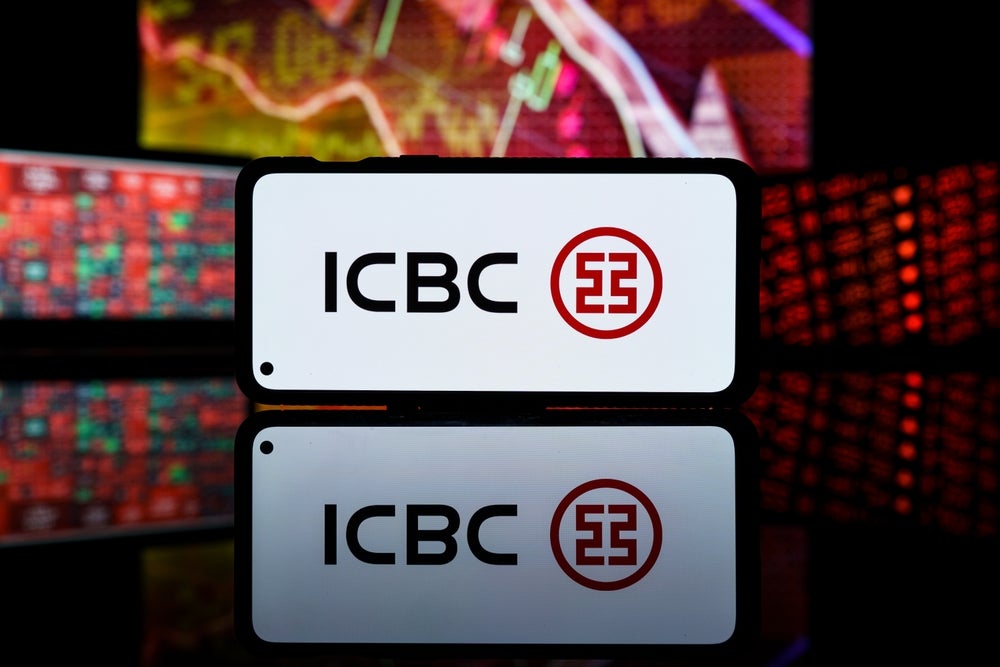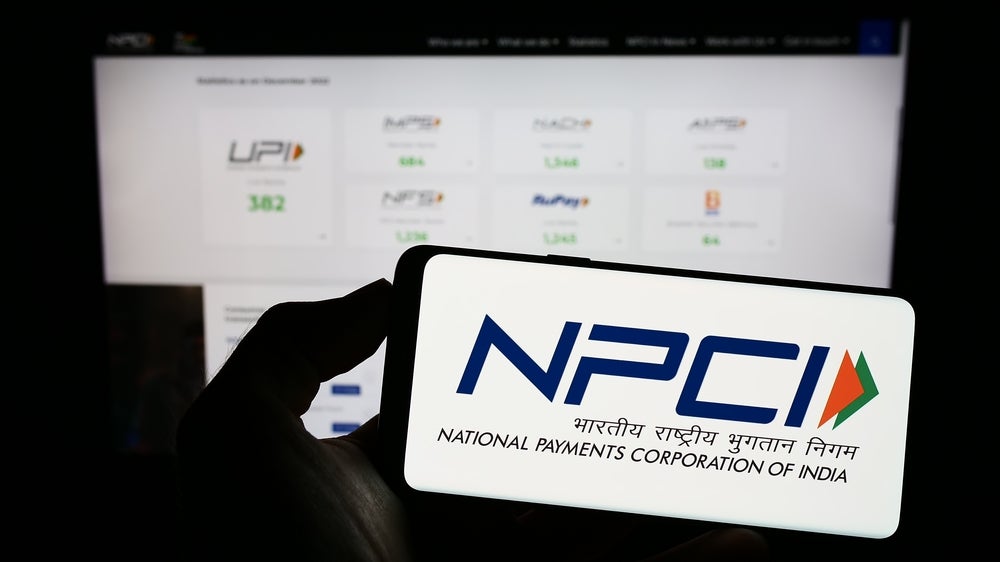The 2008 financial crash and the many banking scandals over the past few years have led to increased regulation in the sector in a bid to change banking culture for good, argues Mary Clarke
Whilst many retail banks have invested heavily in governance, risk and compliance and enterprise risk management infrastructures, these systems and processes fail to measure human behaviour – how employees think, act and behave at work – and this was one of the key issues at the heart of the financial crisis.
We only need to reflect on the market-fixing Libor scandal and PPI mis-selling cases to recognise that people’s conduct and risky behaviours went unchecked. The consequences led to hefty fines, damaged reputations and the erosion of public trust.
According to the latest Chartis RiskTech100® report , human behaviour-based solutions have been deficient in the risk and compliance market. The report also highlighted that a lack of human-based solutions in risk and compliance has cost the banking sector $60billion over a 12 month period. 98% of these losses (by value) and 82% (by frequency) were as a result of employee misconduct and human factors.
From Cognisco’s work within the retail banking market, we understand that many managers within banks are still in the dark about the extent of their ‘people risk’, because the systems they use do not collate data about what people truly understand about their jobs, how confident they are in their knowledge and how they apply it at work.
Avoiding the ‘Domino Effect’
If banks fail to identify, manage and mitigate against their people risks, a ‘domino effect’ is created. This can stem from people not following processes, not understanding their training or not feeling confident enough to take the right action under pressure. Evidence from the past indicates that if a single individual makes a ‘wrong’ decision, it can escalate into a major issue across one or multiple business units, damaging reputations, depleting share price and leading to hefty fines
How well do you really know your competitors?
Access the most comprehensive Company Profiles on the market, powered by GlobalData. Save hours of research. Gain competitive edge.

Thank you!
Your download email will arrive shortly
Not ready to buy yet? Download a free sample
We are confident about the unique quality of our Company Profiles. However, we want you to make the most beneficial decision for your business, so we offer a free sample that you can download by submitting the below form
By GlobalDataLimiting exposure to risk is clearly fundamental to banking stability and central to driving cultural change, and it has a major role to play in many strategic and risk agendas within the banking sector. These agendas include the alignment of risk and compliance functions, operational risk, cyber security, anti-money laundering, customer experience, regulation and reputation.
Banks need to optimise their workforce and ensure that every individual is the best they can be in order to reduce this risk and to comply with the various new rules and regulations introduced in recent years to govern how people behave and act at work. Understanding the risks that people can pose will become even more critical under the new accountability rules introduced on 7th March.
New rules hold banks accountable
Under the Senior Managers Regime, individuals who hold key roles and responsibilities will have more checks placed on them. Whilst they will still need to be pre-approved by regulators, the legal onus will be on banks to ensure there are procedures in place to assess their fitness and propriety before applying for approval, and at least annually afterwards.
The Certification Regime applies to other staff who could pose a risk of significant harm to the bank or its customers. Firms will need procedures for assessing the fitness and propriety of staff, for which they will be accountable to the regulators. This will include the recruitment and on-going reassessment of any staff that fall under this regime.
These regimes highlight that cultural change must be embedded in banks and firms will also need to demonstrate that boardroom-backed governance and risk structures are in place, reinforced by training and testing from the bottom up.
To do this successfully, new ways of identifying, measuring and evidencing unethical and also acceptable market behaviour are needed.
How can banks do this? One effective solution is to identify the specific training needs, gaps in understanding and confidence levels of every individual. Such insight will begin to provide human-based behavioural analytics that highlight how people think, act and behave at work.
Human-based behavioural analytics is not simply about putting people through more training, it is about understanding what they know, if they understand how to apply this knowledge appropriately, how confident they are and where the gaps lie so they can be addressed with specific interventions to improve performance.
Mercer’s ‘People Risks in M&A Transactions’ report highlights that “assessment is becoming more and more critical” in banking. The company also points out that organisations that bring the same discipline and rigor to addressing the people issues as they do to managing balance sheet risk and the other key operational aspects of a deal, will ultimately realise the most value from the transaction.
Why analytics and insights into behaviour are crucial
In Cognisco’s experience, as many as 30% of any workforce have gaps in their understanding with mis-placed confidence to such an extent that it puts the organisation, people, reputation and shareholder value at significant risk.
With an insight into what people understand, misunderstand and how confident they are, banks can reduce their risks, make strategic people-based decisions, evidence regulatory compliance, reduce the cost of audit and litigation, accurately target and measure the effectiveness of L&D investments and build a picture of behaviour patterns.
We are working with a number of banks and have evidenced improvements in just a few months of work through our unique insight and analytics on people, which acts as a crucial additional component to existing our clients’ systems and infrastructure. We are helping them mitigate risk and optimise their workforce by looking not just at their processes, but how continuous improvement of their staff capability and confidence can ensure their people are the best they can be and at the same time, drive a change in behaviour and culture.
Culture change takes time, and it’s fair to say the industry is making positive changes. However, banks will continue to struggle and expose themselves to the ‘domino effect’ if they do not complement their existing efforts with the available insight and analytics about their people. People hold the key to change, and it’s about time Retail Banks invested in bridging the gap between their people and their embedded processes and systems.
Mary Clarke is the CEO of Cognisco






